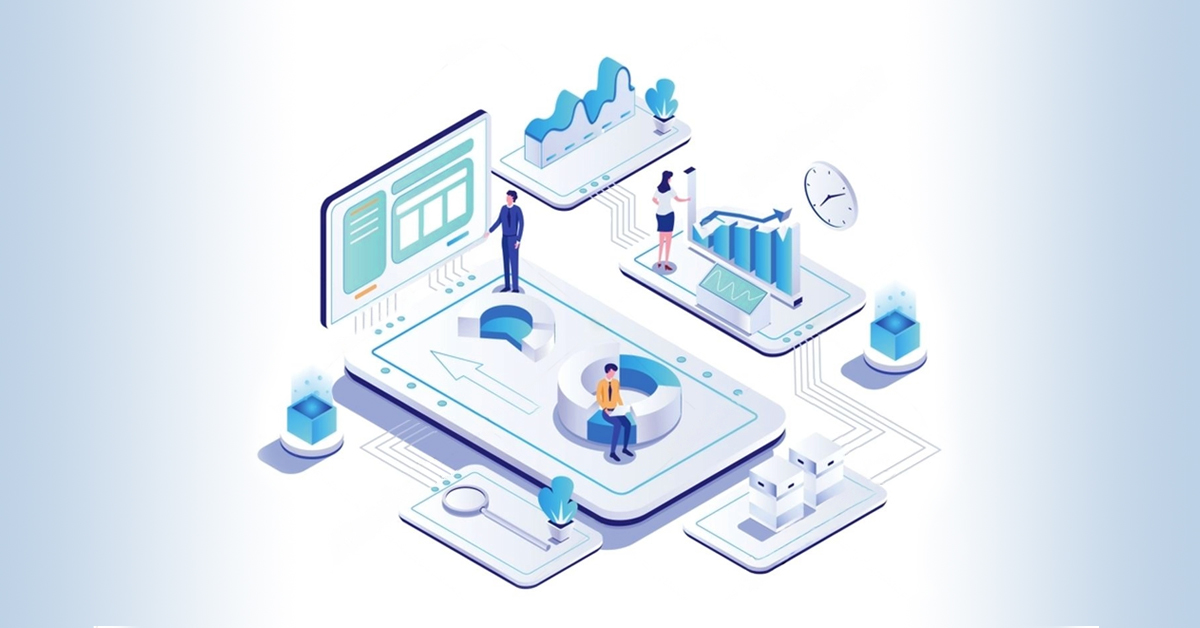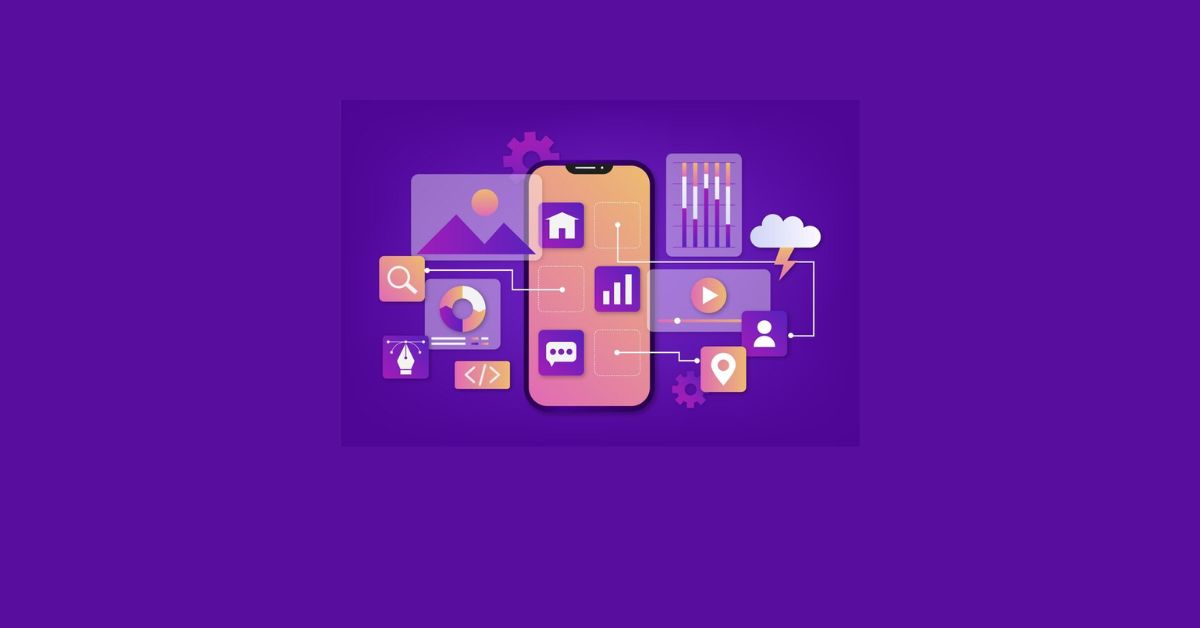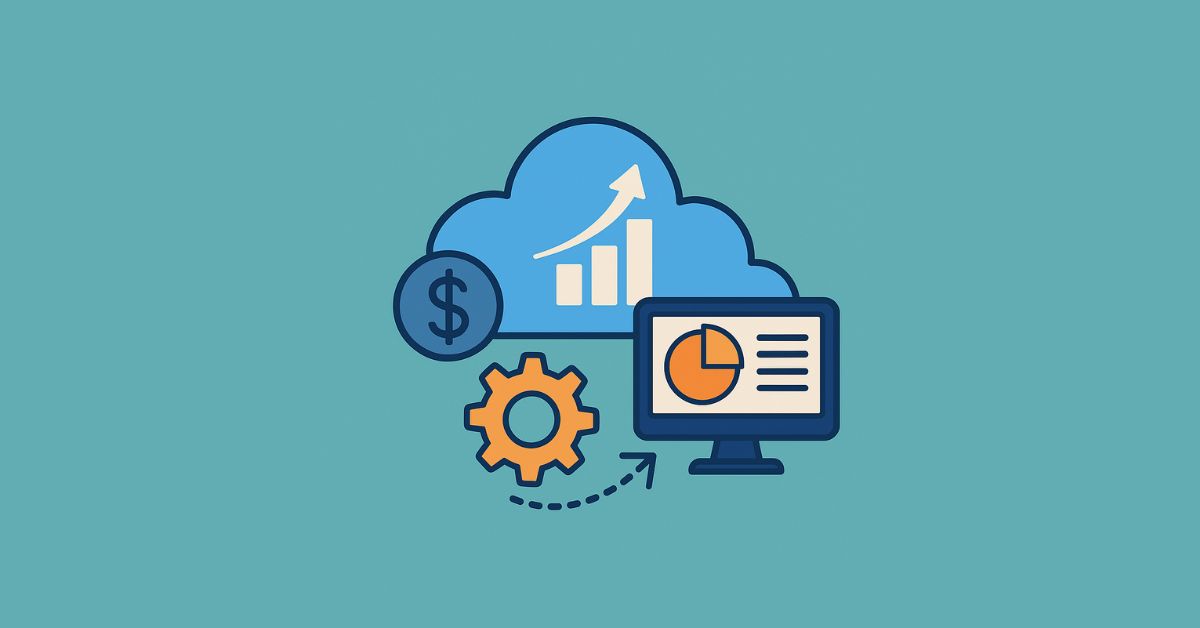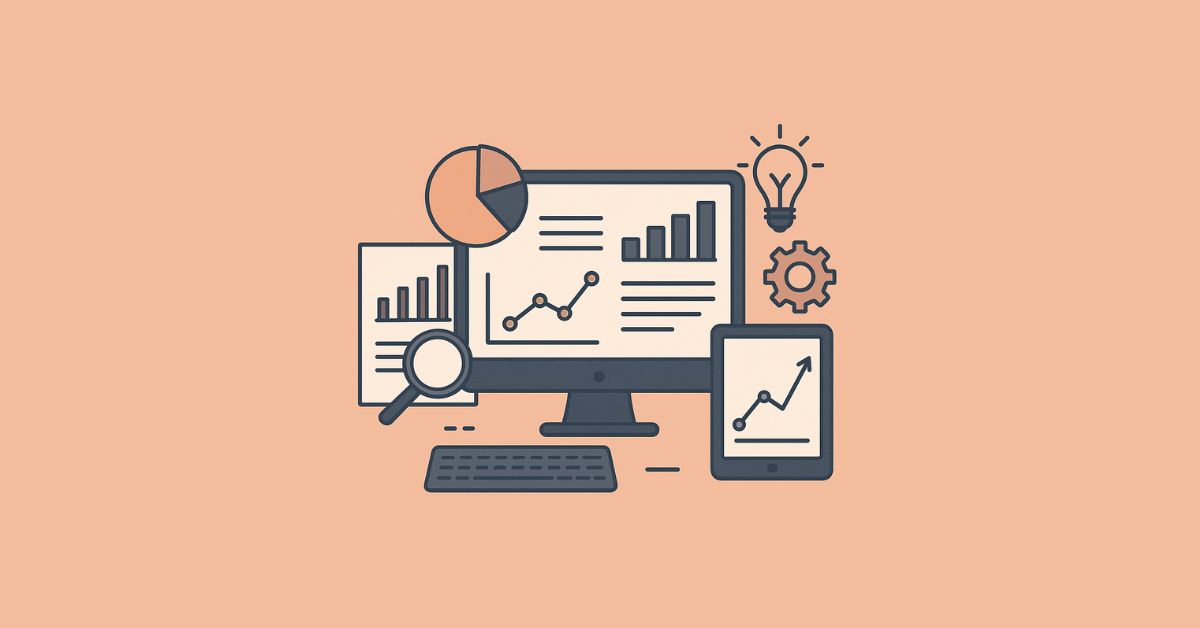Introduction to Data Science and the Data Science Process
Data science is a rapidly growing field that combines various tools, techniques, and principles from statistics, computer science, and mathematics to extract insights and knowledge from large sets of data. It involves collecting, organizing, analyzing, and interpreting vast amounts of data to make informed decisions.
The Data Science Process is a systematic approach used by data scientists to tackle complex problems using data-driven methods. It is a cyclical process that involves several steps to transform unstructured data into valuable insights. Here, we will discuss the basics of data science and introduce you to the different stages of the data science process.
What is Data Science?
Data science refers to the study of extracting meaningful information from large datasets through scientific methods, algorithms, processes, and systems. The goal of data science is to uncover patterns or trends in the available data that can be used for making informed business decisions.
Data scientists use a combination of programming skills, statistical analysis techniques, and domain expertise to analyze complex datasets. They also utilize sophisticated tools such as machine learning algorithms and artificial intelligence techniques to identify patterns within the data.
Understanding Unstructured Data: Types, Sources, and Challenges
Unstructured data is the foundation of any data science project. It refers to unprocessed and unorganised data that exists in its most basic form. This can include numbers, text, images, videos, or any other type of information that has not been analysed or manipulated.
Types of Raw Data:
1. Structured Data:
Structured data is highly organised and follows a specific format. It is typically stored in databases and spreadsheets with clearly defined columns and rows. This type of data is easy to analyse as it can be sorted, filtered, and queried using various software tools.
2. Unstructured Data:
Unstructured data does not have a predefined format and lacks organisation. It includes different types of media such as text documents, emails, social media posts, videos, images, etc. Analysing this type of unstructured data requires advanced techniques like natural language processing (NLP) or computer vision.
3. Semi-structured Data:
Semi-structured data falls between structured and unstructured data types. It contains some organisational elements but does not conform to a strict structure like structured data does. Examples include XML files or JSON files used for web applications.
Sources of Raw Data:
1. Internal Sources:
Internal sources refer to the company’s own databases that contain information collected from their operations such as sales records, customer feedback forms, website traffic reports, etc.
2. External Sources:
External sources are vast and diverse in nature and may include public repositories , government agencies, social media platforms, surveys, and research reports. This data can provide valuable insights for businesses as it reflects external factors that may impact their operations.
3. Internet of Things (IoT):
With the rise of IoT devices, raw data is being generated from a wide range of sources such as sensors, wearables, and smart machines. This data can be used for monitoring and controlling physical systems in real-time.
Challenges of Raw Data:
1. Inconsistent Formats:
Data can be collected from different sources in various formats, making it challenging to integrate and analyse. This can result in errors or discrepancies in the analysis process.
2. Missing Values:
Data may have missing values due to human error or technical issues during collection. These missing values can affect the accuracy of the analysis and may require imputation methods to fill in the gaps.
3. Data Quality:
Raw data may contain errors or outliers that need to be identified and cleaned before it can be analysed accurately. Poor quality data can lead to incorrect conclusions and decisions.
4. Volume:
With the increasing amount of digital information being generated every day, handling large volumes of raw data has become a challenge for organisations. Storing and processing this volume of data requires advanced infrastructure and tools
Steps in the Data Science Process:
The Data Science Process is a cyclical process that involves several steps to transform raw data into valuable insights. It is an iterative approach, which means that the results obtained from one cycle are used to refine the process in the subsequent cycles.
The field of data science is rapidly growing and evolving, with businesses across various industries recognizing the value and potential insights that can be gained from analysing large sets of data. However, the process of extracting meaningful insights from raw data can seem daunting to many. In this section, we will discuss the key steps involved in the data science process, breaking it down into a clear and manageable framework.
Step 1: Define the Problem
The first step in any successful data science project is clearly defining the problem at hand. This involves understanding the business objectives and identifying what questions you want to answer through your analysis. It is crucial to have a well-defined problem statement before proceeding with any further steps as it will guide all subsequent decisions and actions.
Step 2: Data Collection
Once you have a clear understanding of your problem statement, the next step is to gather relevant data. This can involve collecting large volumes of structured or unstructured data from various sources such as databases, web scraping tools, social media platforms, or external datasets. It is essential to ensure that the collected data aligns with your defined problem statement.
Step 3: Data Preparation
Data preparation is often considered one of the most time-consuming steps in the data science process but is critical for accurate results. This step involves cleaning and organising raw data by removing duplicates, handling missing values, correcting inconsistencies, formatting variables correctly, etc. The quality of your final insights heavily depends on how well you prepare your data in this stage.
Step 4 : Data Exploration(Exploratory Data Analysis - EDA)
The next step is to explore and analyse the prepared data to gain a better understanding of its characteristics and relationships. This can involve descriptive statistics, data visualisation techniques, or more advanced methods such as clustering or classification algorithms. The goal of this stage is to identify patterns, trends, and outliers in the data that may influence your analysis.
Step 5: Data Modelling
Once you have a good understanding of your data, it is time to build predictive models that can help answer your business questions. This involves selecting appropriate algorithms and techniques based on the type of problem you are trying to solve and evaluating their performance using metrics such as accuracy or precision. It may also involve feature selection or engineering to improve model performance.
Step 6: Model Evaluation
The next step is to evaluate the performance of your selected model(s) on unseen data. This is crucial as it helps determine how well your model will generalise to new data and whether it meets the defined objectives. If the results are not satisfactory, you may have to go back and refine your modelling process.
Step 7: Insights and Recommendations
After evaluating your models, it’s time to extract meaningful insights from them. These insights should directly address the defined problem statement and provide actionable recommendations for the business. This is where the value of data science lies – in using data to drive informed decision-making and improve business outcomes.
Step 8: Implementation
The final step is to implement the insights and recommendations from your analysis into the business processes. This can involve creating dashboards, reports, or integrating models into existing systems. It is essential to monitor these implementations to ensure they are delivering the desired results and make adjustments as necessary.
Tools and Technologies Used in the Data Science Process
The field of data science has seen rapid growth in recent years, thanks to the increasing availability of data and advancements in technology. As a result, there has been an explosion of tools and technologies that are specifically designed for data scientists to use in their work. These tools and technologies play a crucial role in the data science process, enabling professionals to efficiently collect, analyse, and draw insights from large datasets.
1. Data Collection Tools:
Data collection is the first step in any data science project. It involves gathering relevant datasets from various sources such as databases, APIs, websites, or even physical documents. Some popular tools used for this purpose include web scraping software like Scrapy or Beautiful Soup for extracting data from websites, database management systems like MySQL or MongoDB for querying databases, and API integrators like Postman for accessing data from different APIs.
2. Programming Languages:
Once the data has been collected, it needs to be processed and analysed using programming languages specifically designed for handling large datasets. Python and R are two of the most widely used programming languages in the field of data science. Both offer powerful libraries such as Pandas (for data manipulation) and Scikit-learn (for machine learning) that make it easier to clean and analyze complex datasets.
3. Data Visualization Tools:
Data visualisation is an essential part of the data science process as it helps present insights derived from raw data in a visually appealing and easy-to-understand format. Some popular data visualisation tools include Tableau, Power BI, and Plotly. These tools allow data scientists to create interactive visualisations, dashboards, and reports that can be shared with stakeholders for better decision-making.
4. Machine Learning Libraries:
Machine learning is a subset of artificial intelligence that enables systems to learn from data without being explicitly programmed. There are several libraries available for implementing machine learning algorithms such as TensorFlow, Keras, and PyTorch. These libraries provide pre-built functions and classes for tasks like classification, regression, clustering, and more.
5. Big Data Processing Tools:
Big data refers to extremely large datasets that cannot be processed using traditional methods. To handle such datasets, data scientists use specialised tools like Hadoop or Spark that distribute the processing load across multiple machines in a cluster. Apache Spark also offers machine learning libraries that make it easier to perform big data analytics.
6. Cloud Computing Platforms:
Cloud computing has revolutionised the way data scientists work by providing access to powerful computing resources on-demand without the need for expensive hardware installations. Platforms like Amazon Web Services (AWS), Google Cloud Platform (GCP), and Microsoft Azure offer services such as storage, computing power, and databases that are specifically designed for data science projects.
7. Data Science Platforms:
Data science platforms are comprehensive tools that provide end-to-end solutions for data scientists, from data preparation to model deployment. These platforms offer features like automated machine learning, data integration, and collaboration tools to streamline the data science process. Some popular platforms include IBM Watson Studio, Microsoft Azure Machine Learning Studio, and Databricks.
8. Natural Language Processing (NLP) Tools:
Natural Language Processing (NLP) is a subfield of artificial intelligence that deals with the understanding and processing of human language by machines. NLP tools such as NLTK, SpaCy, and Stanford CoreNLP enable data scientists to analyze text or speech data for tasks like sentiment analysis, language translation, and text classification.
9. Statistical Analysis Tools:
Statistical analysis is a fundamental aspect of data science that involves using mathematical techniques to analyse and interpret large datasets. Statistics software like SAS, SPSS, and Stata provide powerful statistical functions for tasks like hypothesis testing, regression analysis, and more.
10. Data Science Programming Environments:
Data scientists often work with large codebases that require efficient management and organization. Integrated Development Environments (IDEs) such as Jupyter Notebook, RStudio, and Visual Studio Code offer features like code completion, debugging, and project management that make it easier for data scientists to write and run code.
Conclusion
In conclusion, the data science process is a crucial framework for turning raw data into valuable insights. By following these steps, organisations can effectively analyse their data and make informed decisions that drive business success. It’s important to remember that this process is not a one-time event but rather an ongoing cycle of gathering, cleaning, analysing, and interpreting data. As technology and tools continue to advance, the possibilities for extracting meaningful insights from data are endless. So embrace the power of data science and start unlocking its potential for your organisation today!







